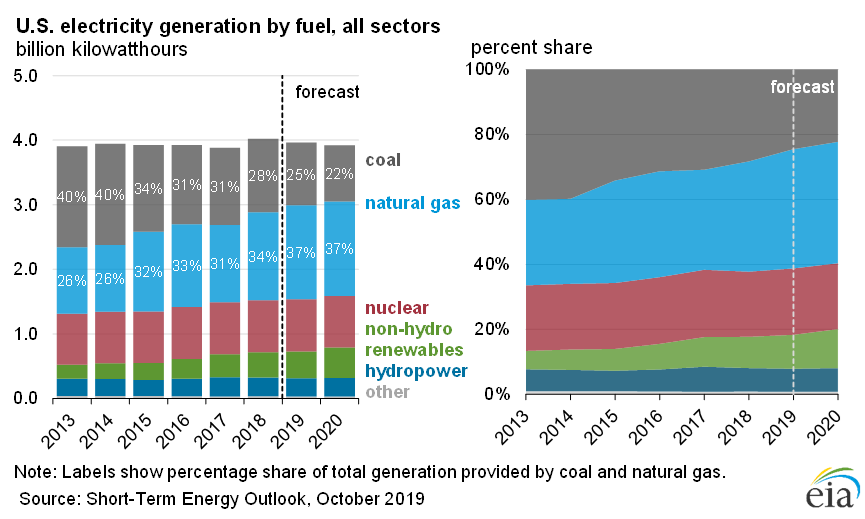The E.D. Edwards power plant, south of Peoria, will be closed, resolving a federal lawsuit filed six years ago, “which documented how various owners had failed to install modern pollution-control equipment.”
Read the full article here.
BPE has collaborated on the publishing of two ASTM Quality Control Standards that facilitate scaled implementation of lower-carbon, smart material resource solutions.
In this video, BPE collaborators explain the rationale, methods, and benefits of separating gypsum wallboard at the jobsite for recycling.
BPE will moderate a discussion on circular loops for wallboard at Circular City Week. The discussion will feature perspectives from Google, USA Gypsum, and Gensler, with BPE moderating.
The event will be hosted by the AIA NY Center for Architecture, 8:30am on 8 March 2019.
The E.D. Edwards power plant, south of Peoria, will be closed, resolving a federal lawsuit filed six years ago, “which documented how various owners had failed to install modern pollution-control equipment.”
Read the full article here.
The city of Palo Alto is banning contractors from demolishing entire buildings by July 2020. “Deconstruction and Source Separation of Construction Materials” is meant to increase “salvage/reuse to highest extent possible,” as well as “the amount and quality of recyclable materials for all construction and demolition projects.”
Read the full article here.
After older, smaller plants started closing, now big coal plants will stop operating by the end of 2019, this Scientific American article points out. These larger plants are also some of the biggest carbon dioxide emitters in the US.
Closures are a result of plants becoming more expensive to operate over time. The article lists the following plants that will close by the year’s end:
Navajo Generating Station, AZ
Bruce Mansfield plant, PA
Paradise Plant, KY
Read the full article here.
The EIA forecasts that the share of U.S. generation from coal will average 25% in 2019 and 22% in 2020, down from 28% in 2018.

See the full forecast here.
The article by Bloomberg highlights how cement is “responsible for 7% of global carbon dioxide emissions, more than what comes from all the trucks in the world.” According to the article, cement makers from around the world argue that there’s a lack of demand for sustainable materials.
Read the full article here.
A new study conducted by the International Institute for Sustainable Development (IISD) shows that Life Cycle Assessments “have limits that may misdirect efforts to reduce GHGs from the built environment – one of the largest sources of carbon emissions.”
Read the full article here.
The organization Carbon Brief has built an interactive website where you can explore the capacity changes in coal power since the year 2000.
See the interactive website here.
This article highlights the impact of Bruce Mansfield coal power plant’s future closure in the nearby National Gypsum drywall plant. Like many other drywall plants, it is located adjacent to a coal plant and connected to it by conveyor belts, to reprocess the coal plant’s waste to produce wallboard.
In the article, National Gypsum says it’s committed to diversify its gypsum supply in order to continue operating the drywall plant after the coal plant closes.
Read the full article here.